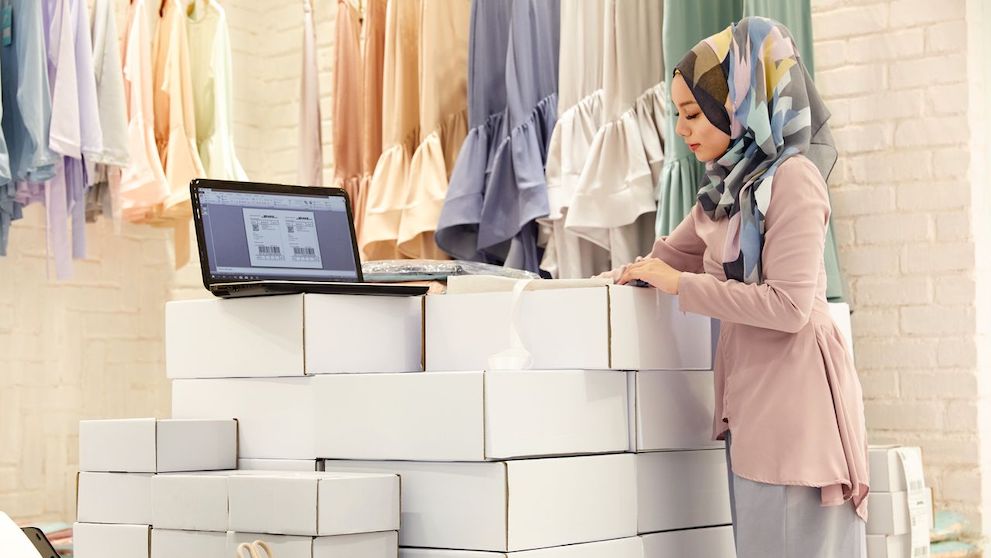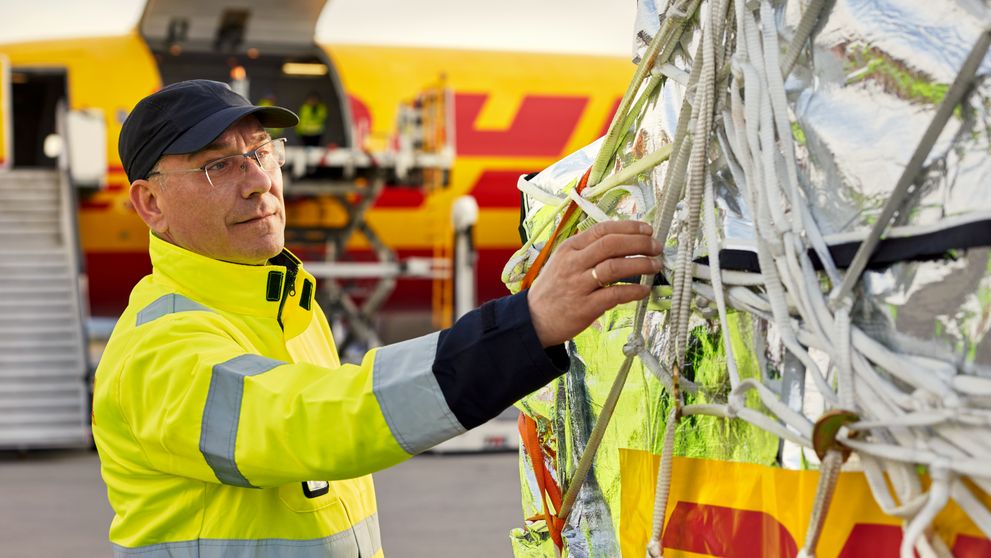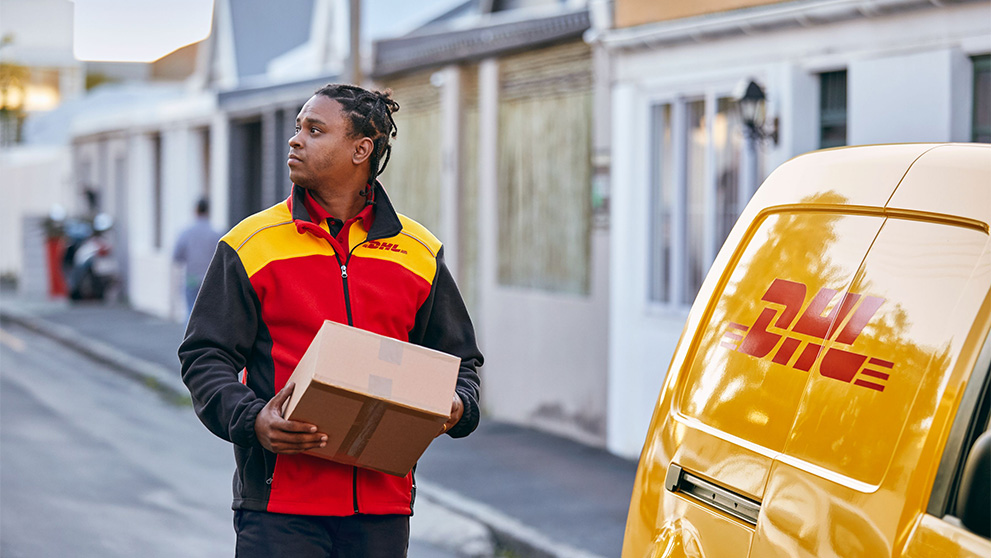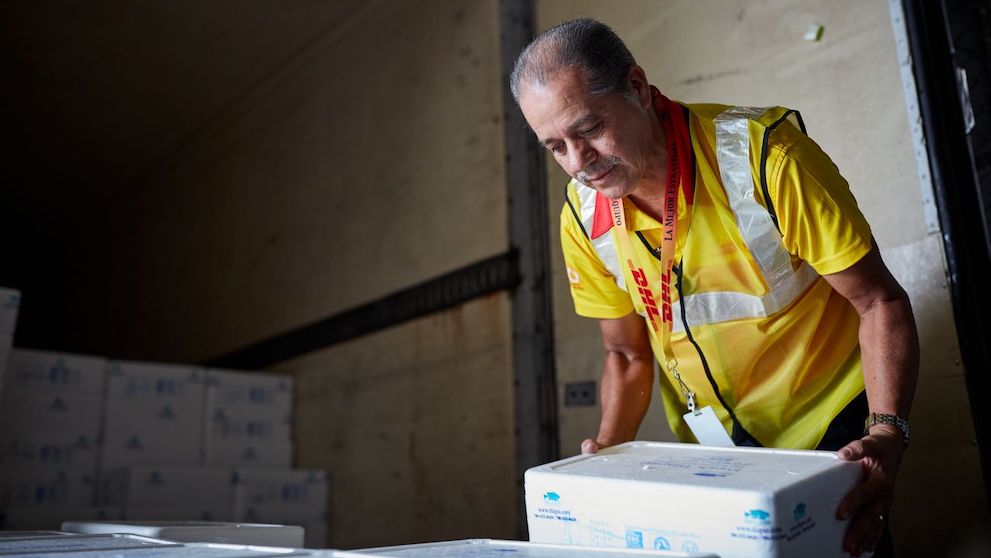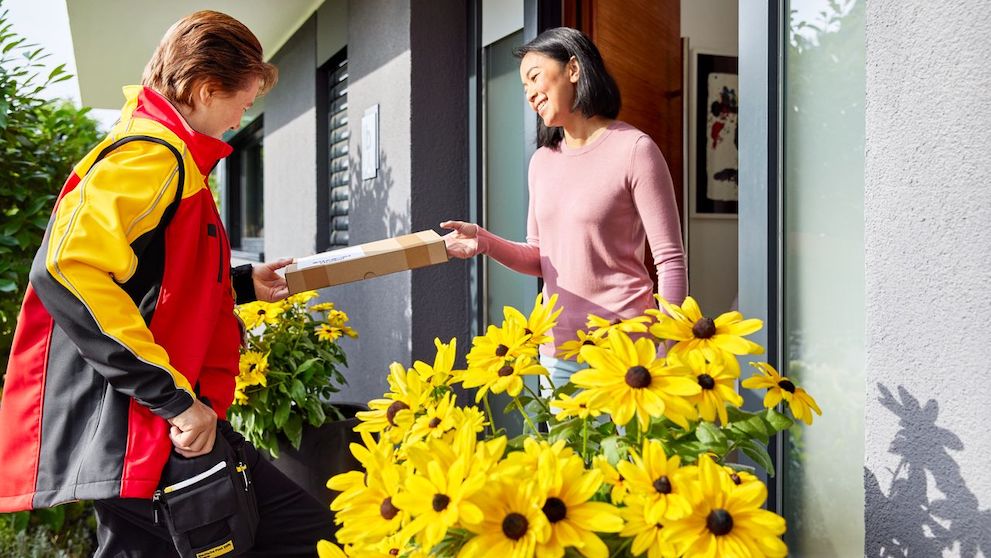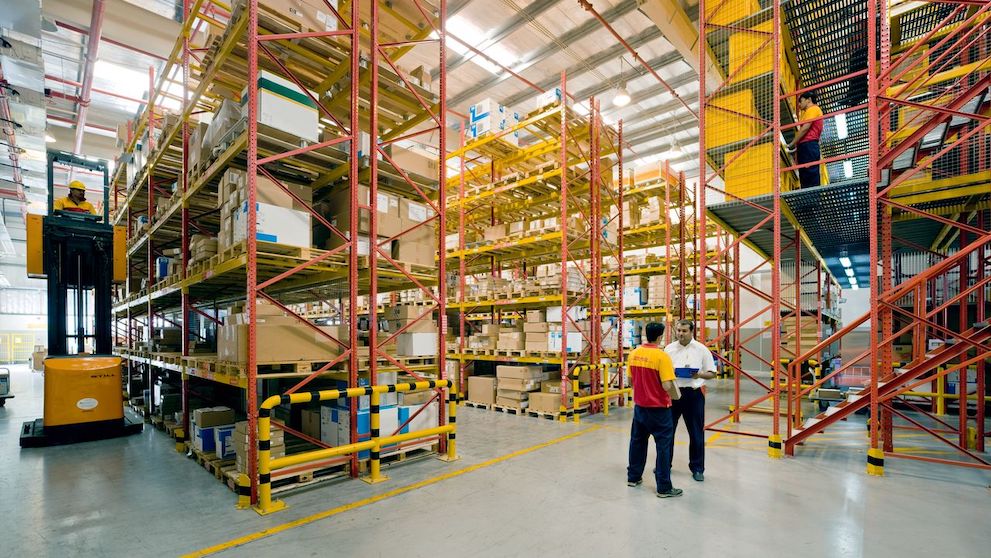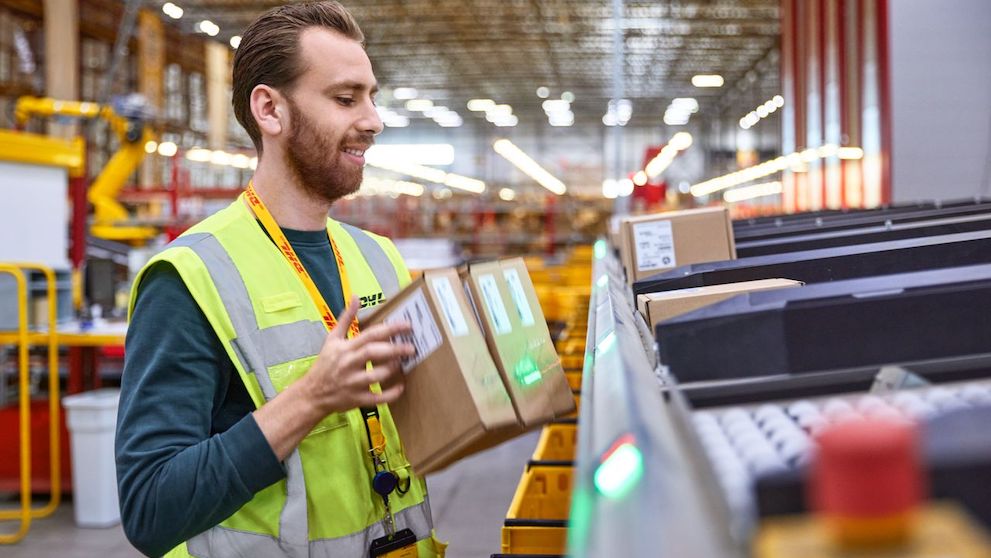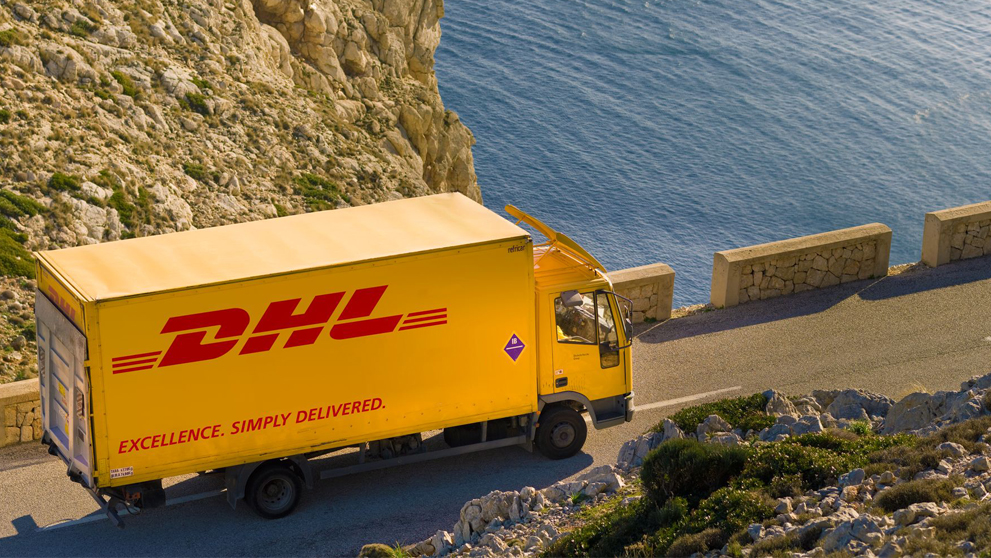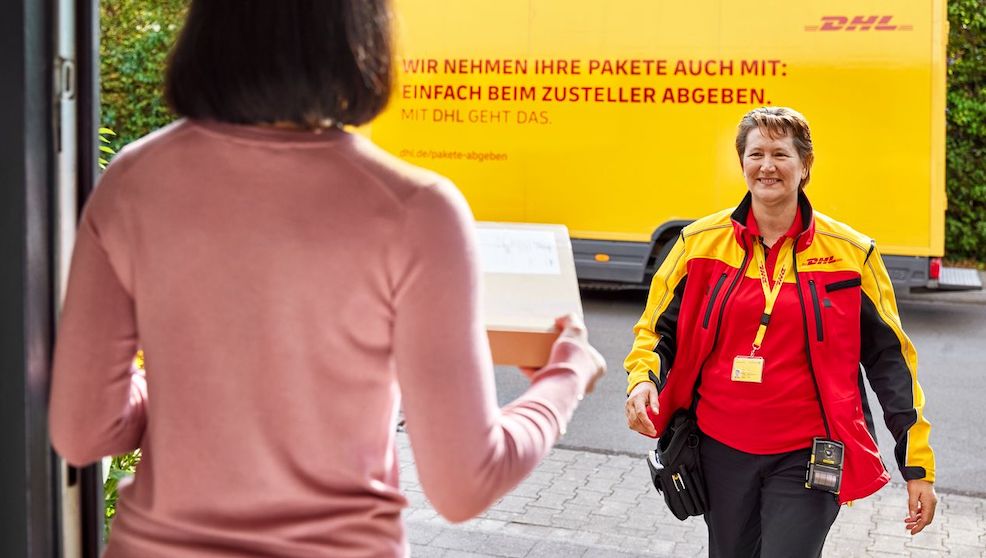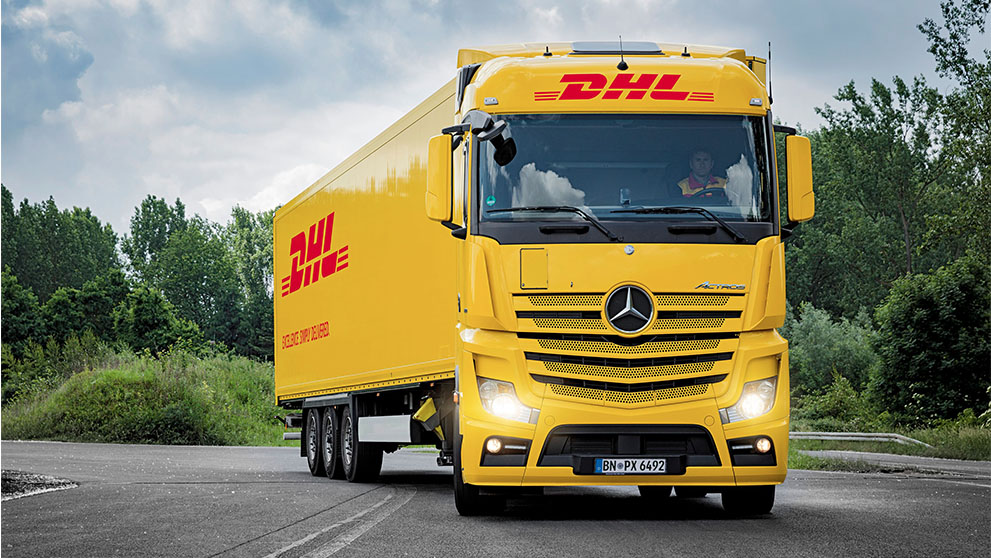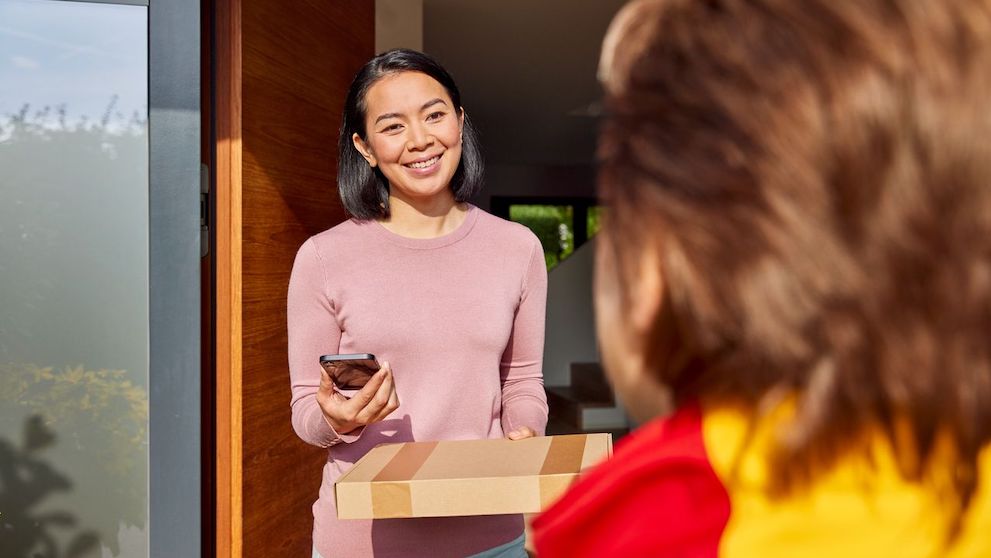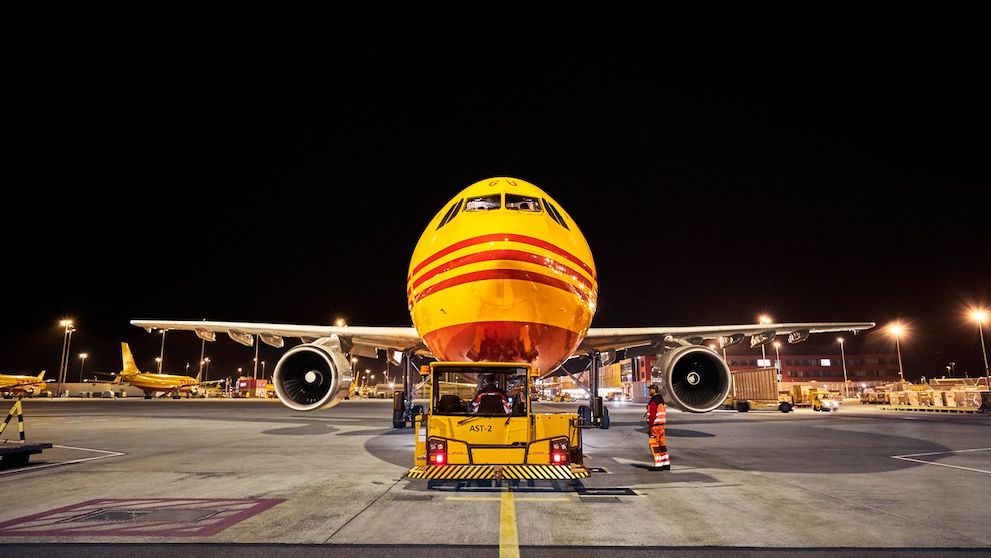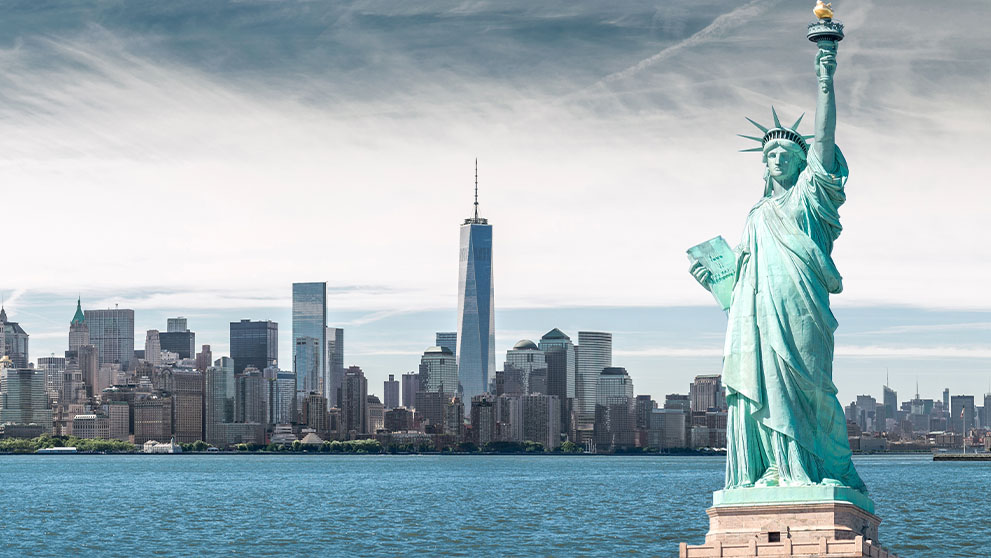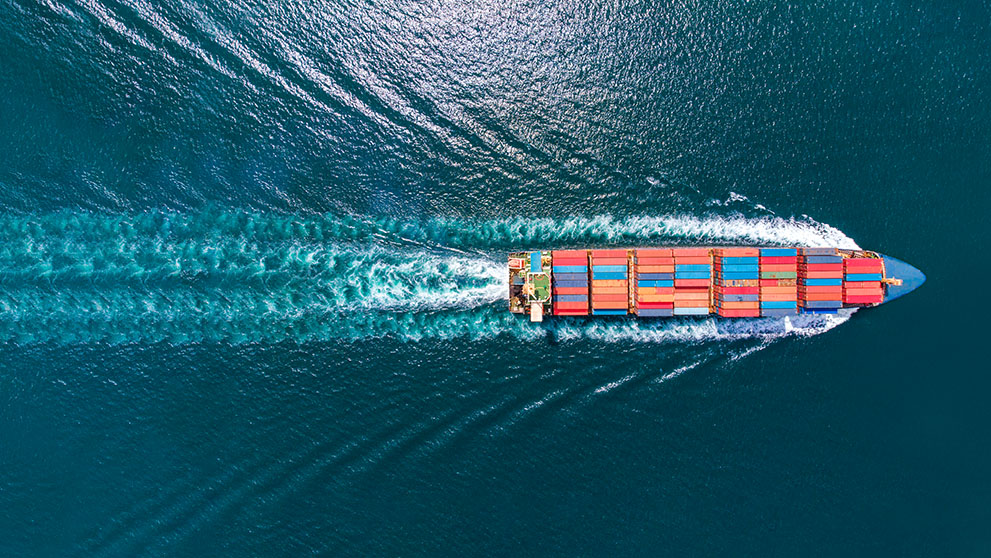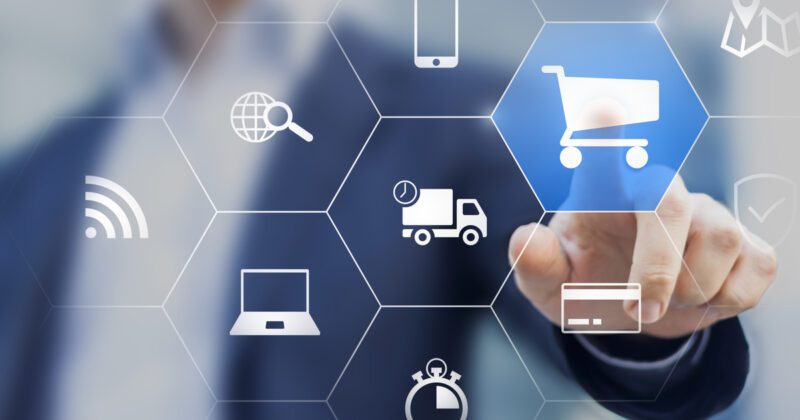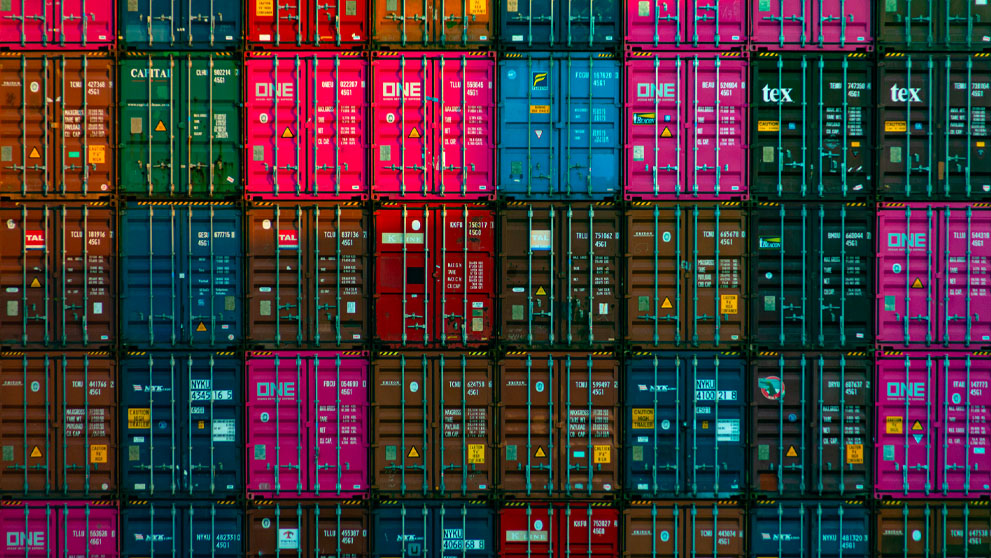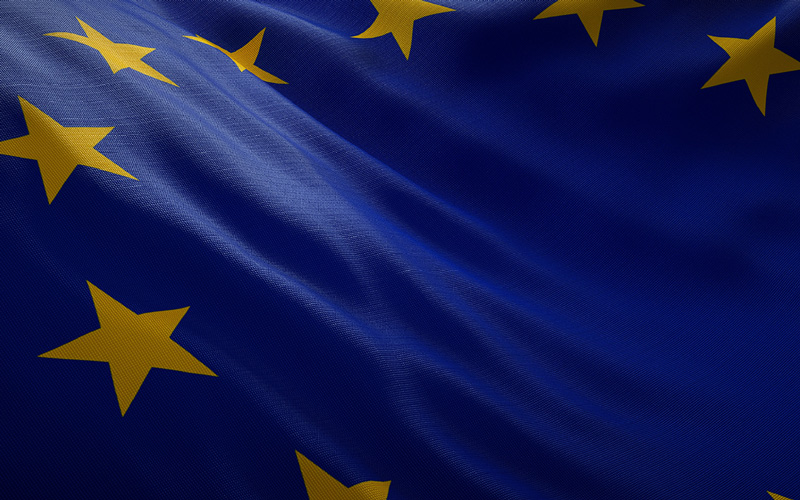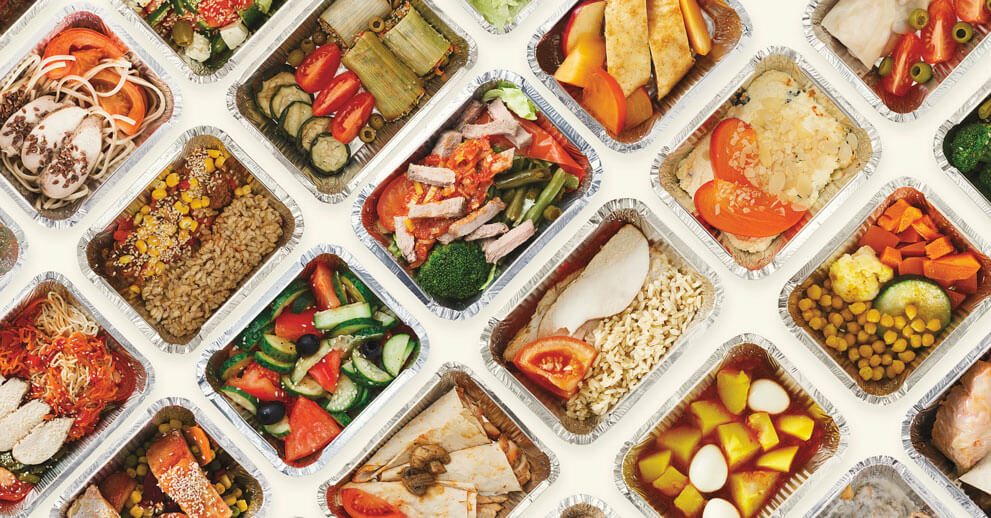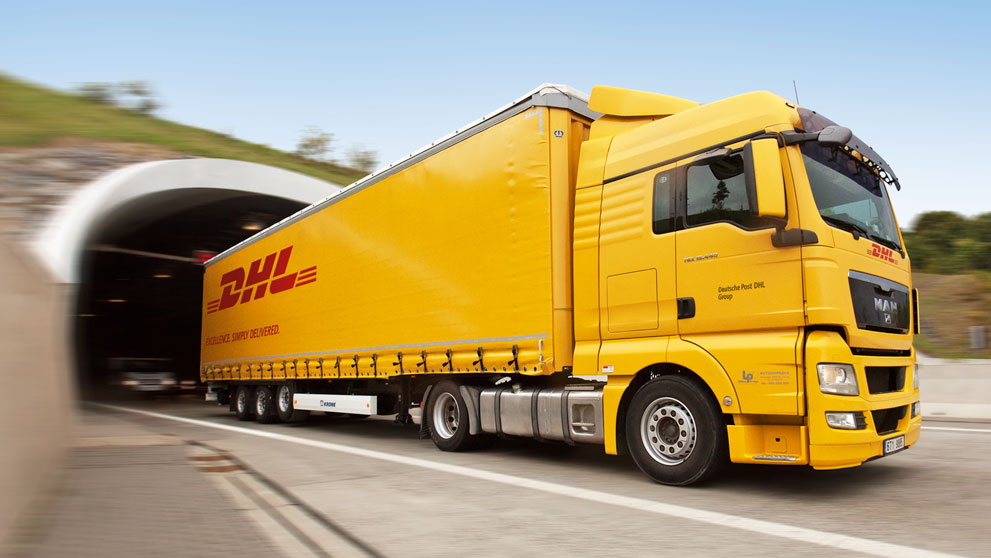Indonesia is Australia’s 13th largest trading partner, which places Indonesia just after Thailand and Malaysia, making it a lucrative market to consider exporting to.
Indonesia is the world’s 4th most populous country and is also the world’s fastest growing consumer market, after India and China.
It’s no surprise then, that there is a growing market for Australian goods and services, as two-way trade between Indonesia and Australia reached AU$17.8 million between 2018 and 2019, according to Australia’s Department of Foreign Affairs and Trade (DFAT). Since the Indonesia-Australia Comprehensive Economic Partnership Agreement (IA-CEPA) came into force in 2020, it’s easier than ever for businesses to move cargo from Australia to Indonesia.
For example, the IA-CEPA enables the vast majority of Australian goods to enter Indonesia duty-free, or under enhanced preferential arrangements.
Indonesia’s middle class has grown 12% annually since 2002, leading to a rise in economic growth
In fact, the Indonesian middle class now represents nearly half of all household consumption in the country, as reported by the World Bank. This, coupled with improvements in infrastructure and connectivity has led to an explosion in e-commerce sales in Indonesia. With 90 million internet users in Indonesia, you’re looking at a large pool of potential customers who are seeking quality Australian products.
Now all you need is some solid knowledge of how shipping to Indonesia from Australia works and a basic understanding of Indonesian custom regulations.
Here is a list of things to take into consideration before shipping from Australia to Indonesia.
1. Shipping from Australia to Indonesia under IA-CEPA
Thanks to IA-CEPA, more than 99% of Australian goods will either enter Indonesia duty-free or under significantly improved preferential arrangements with Indonesian customs. To benefit from IA-CEPA, you’ll need certificates of origin and declarations of origin, as stipulated by Australia Border Force. You’ll also need to be registered with the Australian Business Register (ABR).
The steps for using IA-CEPA to facilitate export to Indonesia are as follows:
Identify the customs tariff codes for your goods, by checking for the Harmonised System (HS) code applicable for your goods.
Identify the preferential duty rate for your goods. For exporters shipping to Indonesia from Australia, they will need to check Indonesia’s Tariff Schedule for the applicable tariff rates, as mandated by Indonesia’s customs regulations.
Determine where your goods are produced, since only goods originating from Australia or Indonesia qualify for preferential tariff treatment under IA-CEPA.
Certify or declare the origin of your goods. In Australia, there are three official bodies that can certify exports to Indonesia, which we will talk more about later.
2. Check for latest applicable tariff rates
Tariffs present one of the biggest challenges for fledgling businesses aiming to go international. Fortunately, there are tools online that can help you calculate applicable tariff rates, developed by the Australian Department of Foreign Affairs and Trade (DFAT). Called the Free Trade Agreement Portal, you’ll be able to use it to easily and accurately determine your tariff rate under the IA-CEPA.
Alternatively, DFAT also recommends that Australian exporters ascertain that their tariff codes are correct by consulting:
Your Indonesian business partner or importer
A designated issuing body; such as the Australian Chamber of Commerce and Industry (ACCI), the Australian Industry Group (AIG) and Ozdocs International Pty Ltd
A professional customs broker or freight forwarder
Looking into your tariff rates for shipping to Indonesia as soon as possible can help you determine if the prices of your goods and services are viable long-term. This is an important distinction as income tax for registered importers is 2.5%, whereas unregistered importers will need to pay 7.5% income tax.
3. Check if your commercial invoice meets the documentary requirements
According to Indonesian customs regulations, multiple copies of your commercial invoice are needed, so be sure to prepare extra copies. Up to seven copies may be needed, if payment is made in the form of a letter of credit (LC). Be sure to include the manufacturer or supplier’s signature and be aware that fax signatures are not accepted.
Your invoice must include:
Name of shipper
Consignee, buyer
Purchase order number
Port of loading and discharge
Carrier/vessel
Date of departure
Country of origin
Exact details of contents
Freight charges
Tariff code number
Insurance premium
Marks, number and packing (including gross weight and net weight)
LC issuing bank
Number and date of invoice or LC (if applicable)
4. Provide accurate labelling and packaging information in Bahasa Indonesia
Indonesian customs regulations require labels on all types of goods to be in Bahasa Indonesia, with very few exceptions. For example, an exemption may be made if no Indonesian words can be found as a suitable substitute, or if words conveying a similar meaning cannot be found.
For food products, your labelling should indicate:
The product’s expiration date
The complete name and address of the importer
If the product is halal
That the product has been registered and bears a product number supplied by the National Agency of Drugs and Food Control (BPOM)
Note that halal labelling in Indonesia is enforced by Halal Product Assurance Agency (BPJPH) and BPOM. As mentioned, all of your labels will need to be in Bahasa Indonesia.
Food supplements, on the other hand, will need to undergo screening for various substances and then be issued safety and test certificates by a laboratory appointed by BPOM. A toxicity test certificate is also required, either from Australia or from a BPOM-appointed laboratory.
If you are shipping pharmaceutical drugs from Australia to Indonesia, the labelling should indicate:
The product’s country of origin
The nature of composition
The complete name and address of the importer
The recommended dosage and direction of use
The quantity and registration number of your product
The energy value per serving
The product’s alcohol content
The side effects, if applicable, for the product
Note that the registration number mentioned above refers to the KL registration number given by the Ministry of Health.
Lastly, cosmetics and hygiene products are subject to their own regulations as well. A certificate Free of Sale issued by a government regulatory authority in the country of origin, and then subsequently legalised by the Indonesian authorities, such as the Indonesian Embassy, or Consul General of the Republic of Indonesia in Australia, is required. A valid certificate of Good Manufacturing Practice or an equivalent document, issued by the country of origin and legalised by the Indonesian authorities, is also necessary.
Although some goods are exempt from import duty, such as goods that will be used for research and scientific purposes, you’ll want to check with your Indonesian partners for specifics. This is crucial as import duty will impact the insurance value of your cargo. If no proof of insurance can be determined, for example, the insurance value will be calculated based on 0.5% of your Cost and Freight (C&F).
